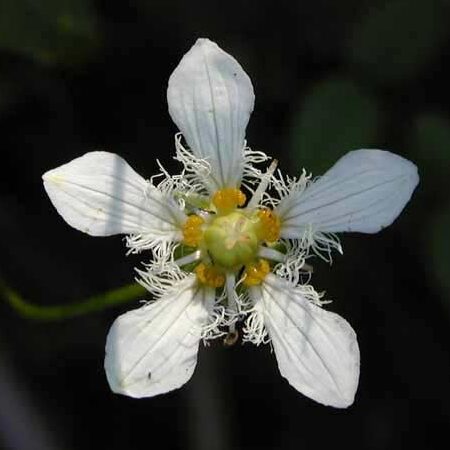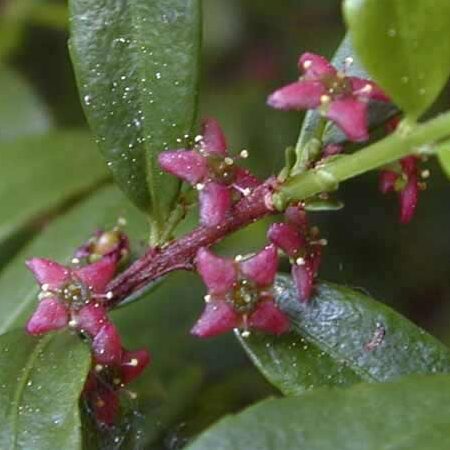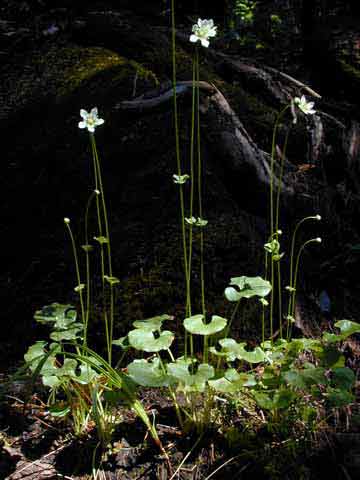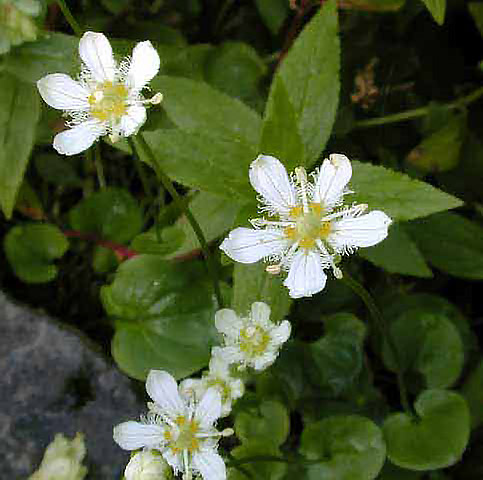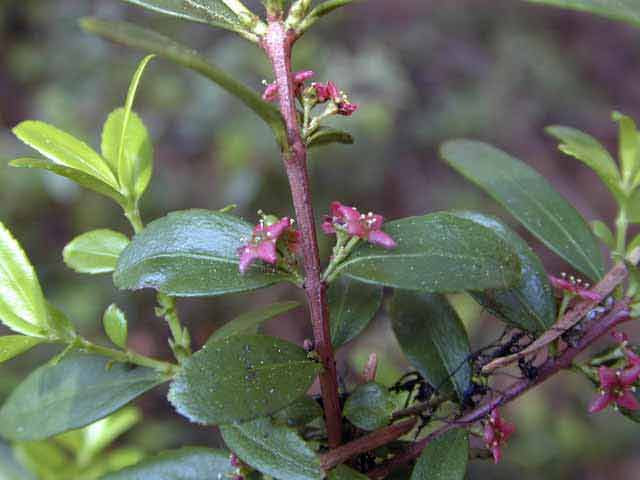Welcome to my new blog. This is a place where you will see beautiful photos of wildflowers that grow in Washington and learn a bit about them.
Some of you might just want to look at the photos, but I hope some will take the time to read about the plants to better appreciate their beauty and complexity. I use some botanical terms, but by looking at the photos, the meaning of the words should be clear.
This is my very first post and I hope you enjoy it.
Donna
First, the Grass of Parnassus Story
Fringed Grass-of-Parnasssus (Parnassia fimbriata) isn’t grass at all. The plant got its name long ago when “grass” was just another word for plant. Parnassus is mountain in central Greece where (according to Greek mythology) the Muses lived.
Botanists at Work
Botanists have organized plants into groups called “families.” This used to be done by comparing the parts of the plants and looking for commonalities. Fringed Grass-of-Parnassus didn’t seem to fit anywhere. At one time it was in its own family. More recently it was placed in the Saxifrage Family, but those flowers do not have glands.
Now with the ability to map out the genes of all living things, botanist discovered that Grass-of-Parnassus belong to the Bittersweet Family.
A look at Another Member of the Bittersweet Family
Mountain Box or Oregon Boxwood (Paxistima myrsinthes) is a short, evergreen shrub that is found on both sides of the Cascade crest. It is rarely more than 3 feet tall. It has small leathery leaves with 1 to 3 tiny maroon flowers in the leaf axils.
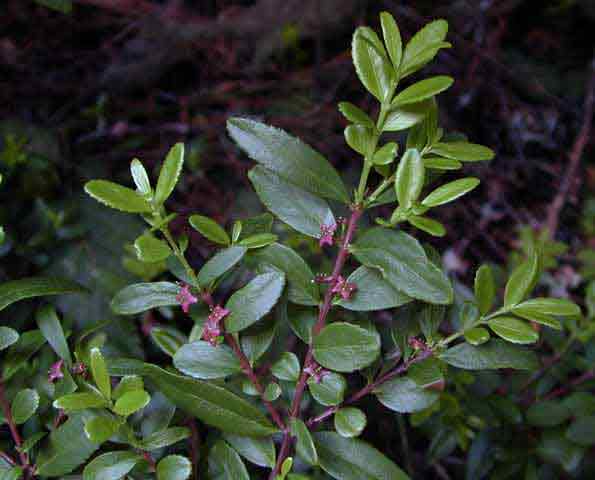
The branches of Mountain Box are often used in floral arrangements, which has reduced the populations near urban areas.
Another Grass-of-Parnassus
Northern Grass-of-Parnassus (Parnassia palustris) is a plant of high elevations. At first glance, the flower is quite simple with 5 white, green-veined petals, 5 shorter, green sepals, 5 stamens, and large pistil in the center. But the flower also has extra stamens, 5 sterile ones which are divided into 7-11 slender filaments with drop-like, false sectaries at tip. The flower is about 1 inch across.
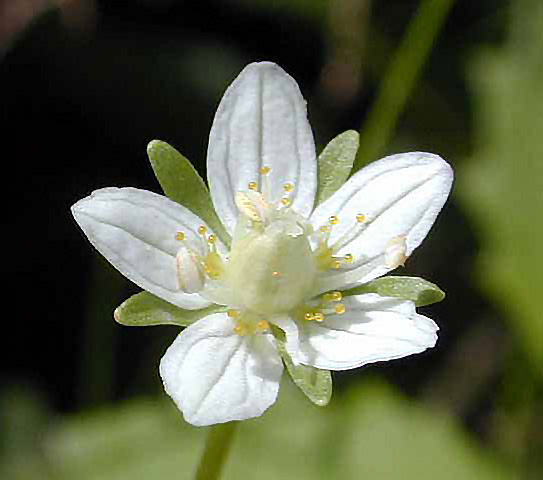
This concludes the first post. It may be a while before there are new posts as I complete the other parts of this site. Once the site is running smoothly I hope to post a new set of photos about every 10 days. If you would like to be notified when this occurs click on “notification” button.
Please share the link with friends.
